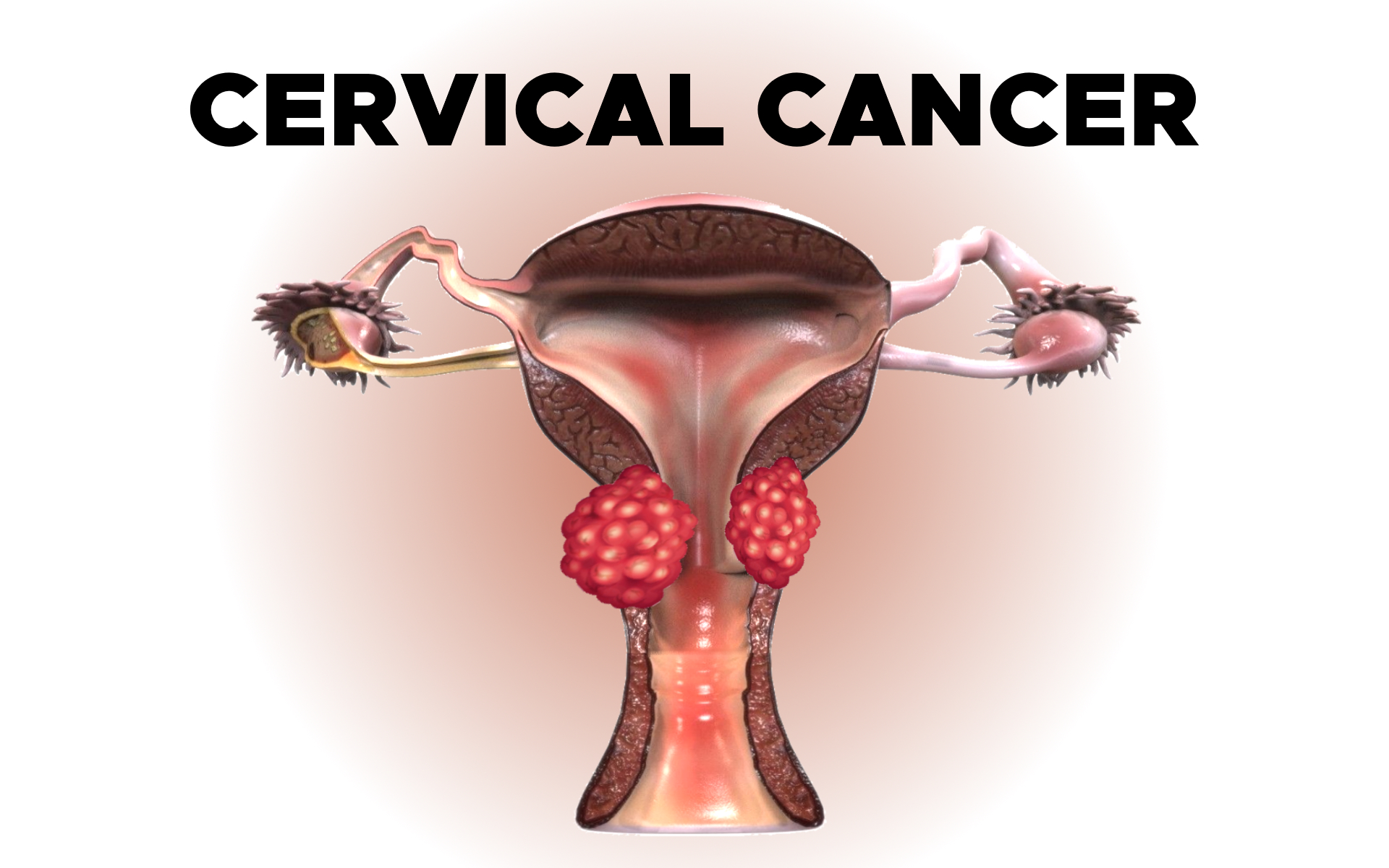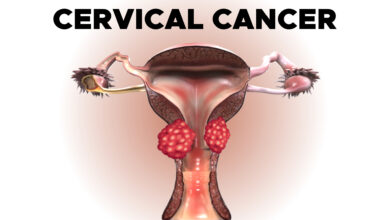
Cervical Cancer: Risk Faktors
Factors that may raise a woman's risk of developing cervical cancer.
Risk Factors of Cervical Cancer
A risk factor is anything that increases a person’s chance of developing cancer. Although risk factors often influence the development of cancer, most do not directly cause cancer.
Some people with several risk factors never develop cancer, while others with no known risk factors do. Knowing your risk factors and talking about them with your doctor may help you make more informed lifestyle and health care choices.
The following factors may raise a person’s risk of developing cervical cancer:
- Human papillomavirus (HPV) infection. The most important risk factor for cervical cancer is infection with HPV. HPV is common. Most people become infected with HPV when they become sexually active, and most people clear the virus without problems. There are over 100 different types of HPV. Not all of them are linked to cancer. The HPV types, or strains, that are most frequently associated with cervical cancer are HPV16 and HPV18. Starting to have sex at an earlier age or having multiple sexual partners puts a person at a higher risk of being infected with high-risk HPV types.
- Immune system deficiency. People with lowered immune systems have a higher risk of developing cervical cancer. A lowered immune system can be caused by immune suppression from corticosteroid medications, organ transplantation, treatments for other types of cancer, or from the human immunodeficiency virus (HIV), which is the virus that causes acquired immune deficiency syndrome (AIDS). When a person has HIV, their immune system is less able to fight off early cancer.
- Women who have genital herpes have a higher risk of developing cervical cancer.
- Women who smoke are about twice as likely to develop cervical cancer as women who do not smoke.
- People younger than 20 years old rarely develop cervical cancer. The risk goes up between the late teens and mid-30s. Women past this age group remain at risk and need to have regular cervical cancer screenings, which include a Pap test and/or an HPV test.
- Socioeconomic factors. Cervical cancer is more common among groups of women who are less likely to have access to screening for cervical cancer. Those populations are more likely to include Black women, Hispanic women, American Indian women, and women from low-income households.
- Oral contraceptives. Some research studies suggest that oral contraceptives, which are birth control pills, may be associated with an increased risk of cervical cancer and may be associated with higher-risk sexual behavior. However, more research is needed to understand how oral contraceptive use and the development of cervical cancer are connected.
- Exposure to diethylstilbestrol (DES). Women whose mothers were given this drug during pregnancy to prevent miscarriage have an increased risk of developing a rare type of cancer of the cervix or vagina. DES was given for this purpose from about 1940 to 1970. Women exposed to DES should have an annual pelvic examination that includes a cervical Pap test as well as a 4-quadrant Pap test, in which samples of cells are taken from all sides of the vagina to check for abnormal cells.
Research continues to look into what factors cause this type of cancer, including ways to prevent it and what people can do to lower their personal risk.
There is no proven way to completely prevent this disease, but there may be steps you can take to lower your cancer risk. Talk with your health care team if you have concerns about your personal risk of developing cervical cancer.
